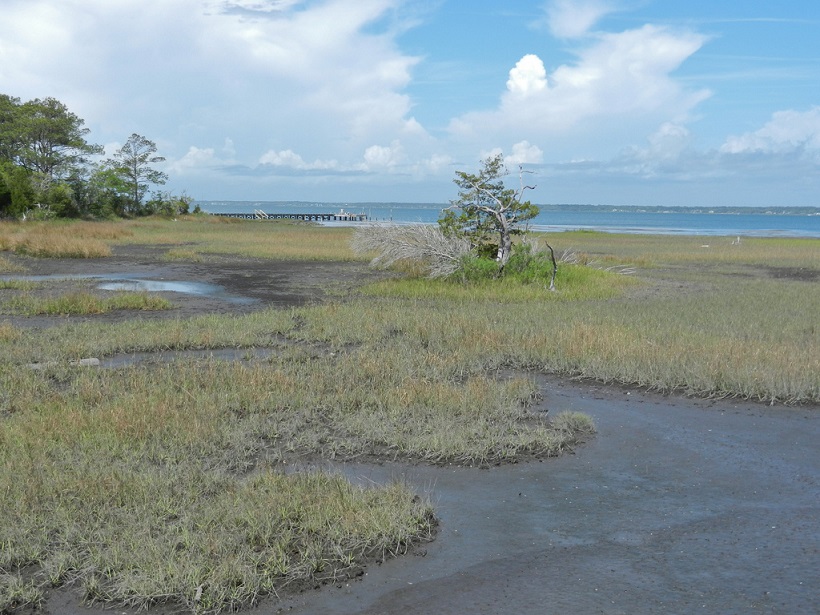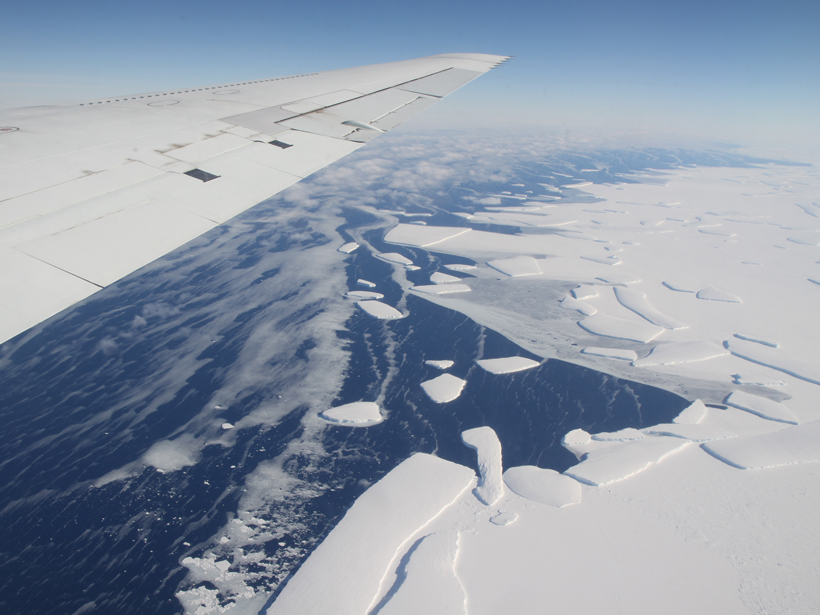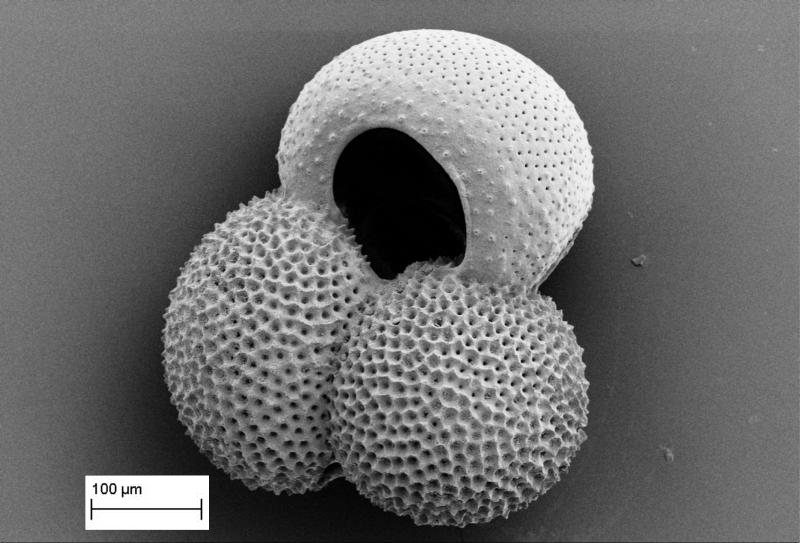With coastal oceans around the world changing from the effects of urbanization, rising carbon dioxide levels, and climate warming, recent work begins to find new land-sea linkages.
carbon dioxide
Posted inResearch Spotlights
Carbon Dioxide Frost May Keep Martian Soil Dusty
Temperature readings acquired from orbit show that Mars's surface gets cold enough at night to allow layers of solid carbon dioxide frost up to several hundred micrometers thick to build up near the equator.
Posted inNews
Can Carbon Dioxide Trigger Geyser Eruptions?
Researchers looking at geyser discharge water in Yellowstone National Park found that dissolved carbon dioxide could be involved in a geyser's eruption.
Posted inNews
Scientists Find the Point of No Return for Antarctic Ice Cap
Varying amounts of glacial debris in a core of ancient sediment show the ice cover grew and shrank until airborne carbon dioxide levels fell below 600 parts per million, spurring steady growth.
Posted inResearch Spotlights
What Drove Sea Surface Temperature Change During the Pleistocene?
New information suggests that atmospheric carbon dioxide concentration was just one of the main drivers of warming sea surface temperatures in the Pleistocene.





